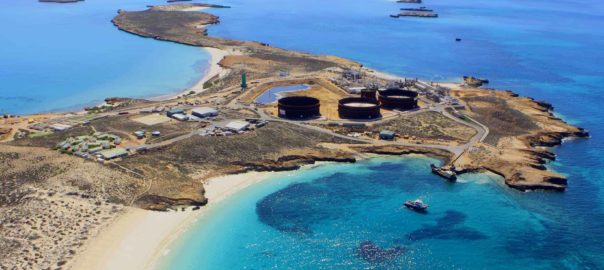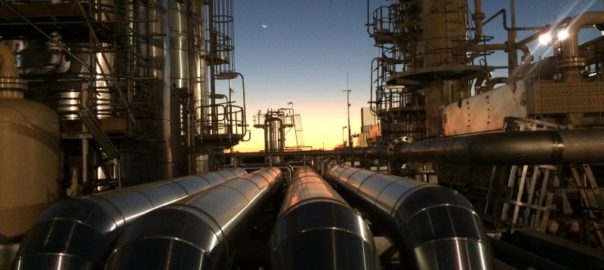A Curtin University research team will work to bring leading broadband fibre optic acoustic sensing technology to the Australian mining, oil and gas and environmental monitoring industries, offering, the university says, a more cost-effective and safer resource extraction process.
As part of the Australian Government’s Global Innovation Linkages Program, the team – led by Professor Roman Pevzner from Curtin’s WA School of Mines: Minerals, Energy and Chemical Engineering – will partner with international collaborators to test the viability of the technology in the Australian landscape.
The project will seek to produce a suite of passive and active geophysical data acquisition and analysis techniques based on broadband fibre optic sensing that aim to significantly reduce the cost of geophysical characterisation of the subsurface and develop a safer resource extraction process, it said.
Curtin University Deputy Vice-Chancellor Research Professor, Chris Moran, said the Curtin research project sought to ensure Australia was not left behind by the latest global advances in fibre optic acoustic sensing technology.
“Despite Australia’s leading role in the deployment and application of fibre optic sensing for research, the current uptake of this technology in the Australian industry lags behind world leaders such as the USA and the UK,” Professor Moran said.
“Demonstrating the benefits of fibre optic technology in Australian conditions in cooperation with our major oil and gas producers will help accelerate the uptake of this technology in the sector, as well as the wider mining and environmental monitoring industries.”
Professor Pevzner said the project would develop technologies that use ambient seismic energy and physical phenomena, including remote earthquakes, ocean microseisms and human activity, through laboratory and field studies.
“Our Curtin team has developed, patented and commercialised a forced-oscillation stress-strain method and equipment for measuring different properties of rocks at seismic and sub-seismic frequencies,” Professor Pevzner said.
“As part of this new project, we will integrate fibre optic sensing technology into our apparatus with the ultimate aim of delivering cost-saving and safer resource extraction processes to Australia’s critically important resources sector.”
As part of the project, Curtin will work with CSIRO, Santos, Woodside and global leaders in seismology and fibre optic sensing in the application to geosciences such as Lawrence Berkley National Laboratory, Iowa State University, Class VI Solutions and Silixa Ltd.









